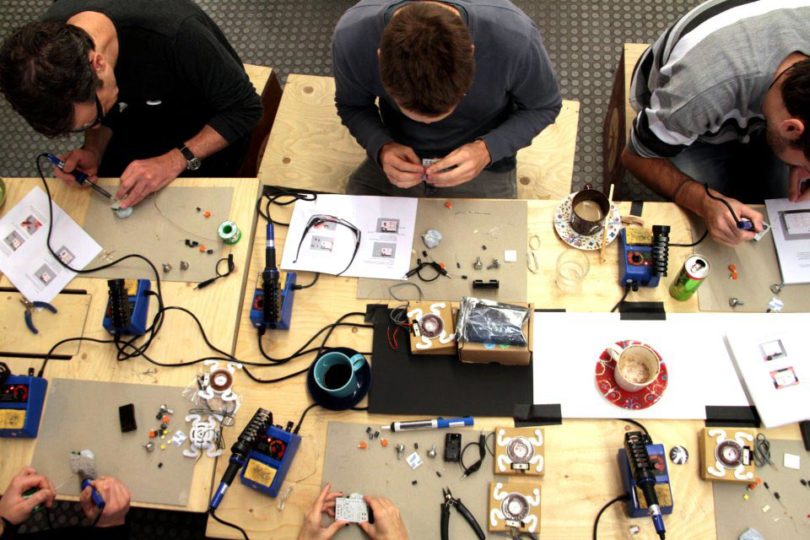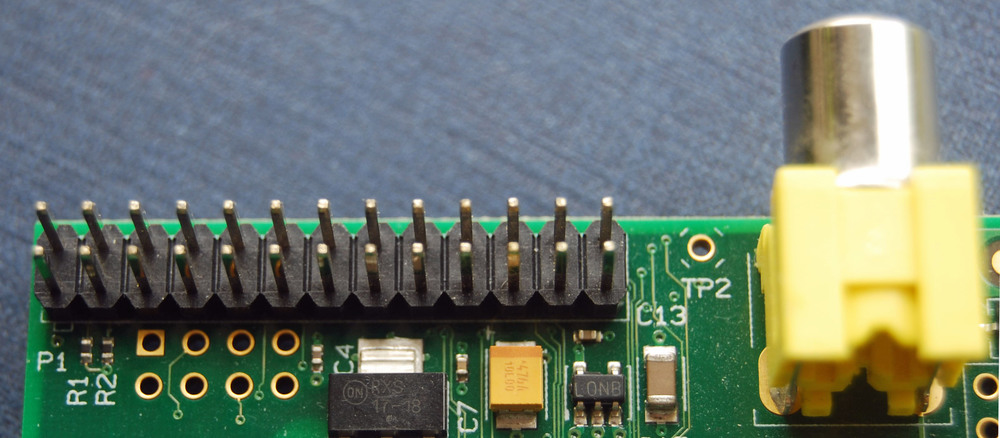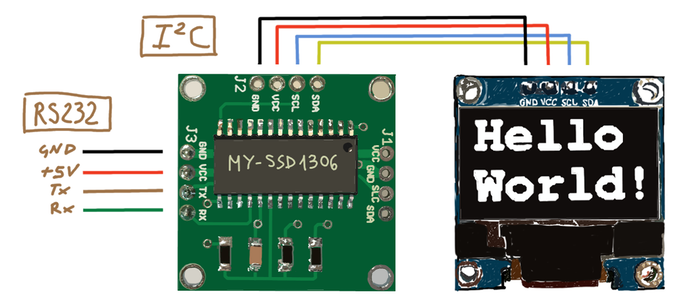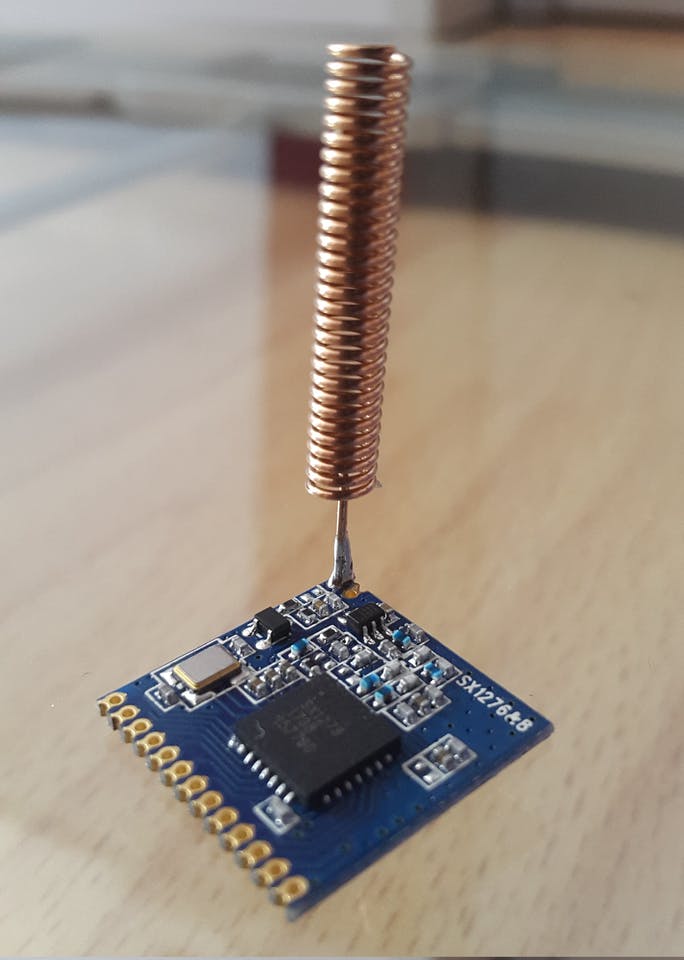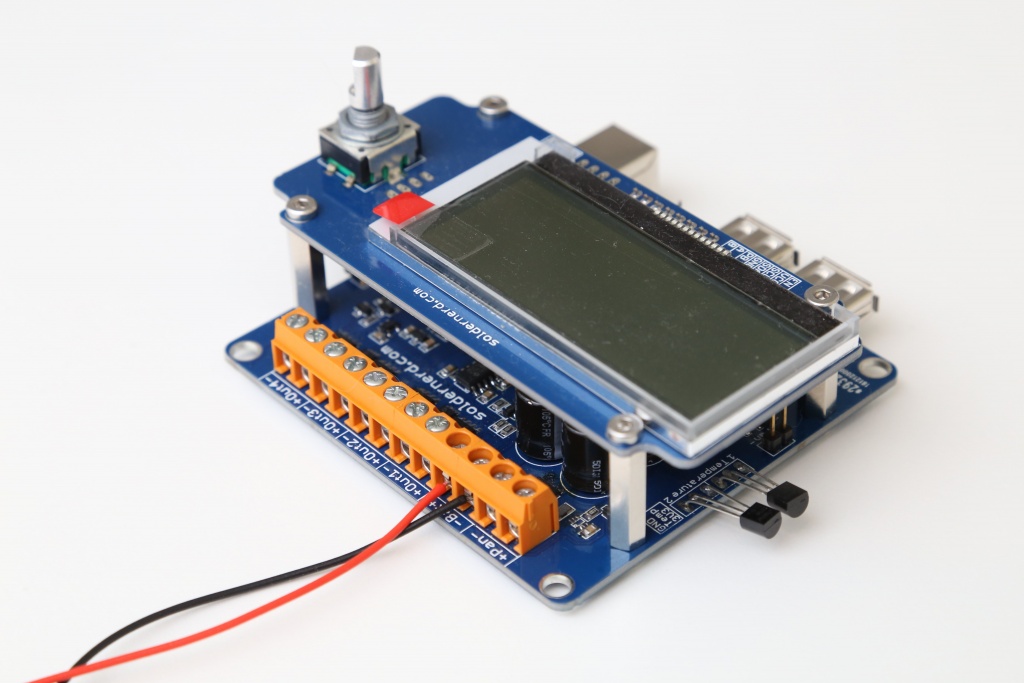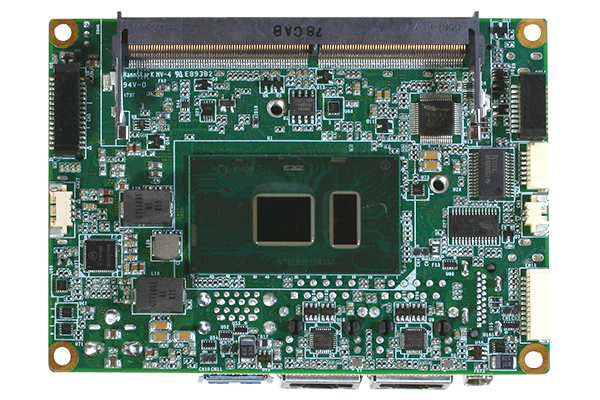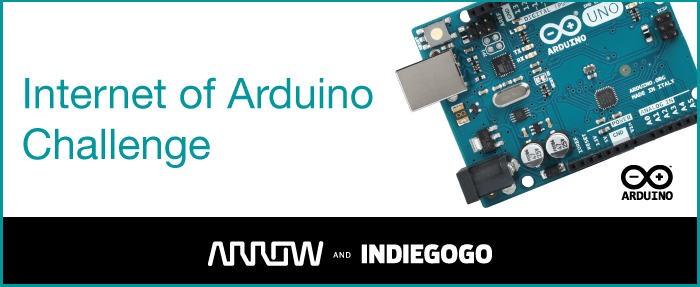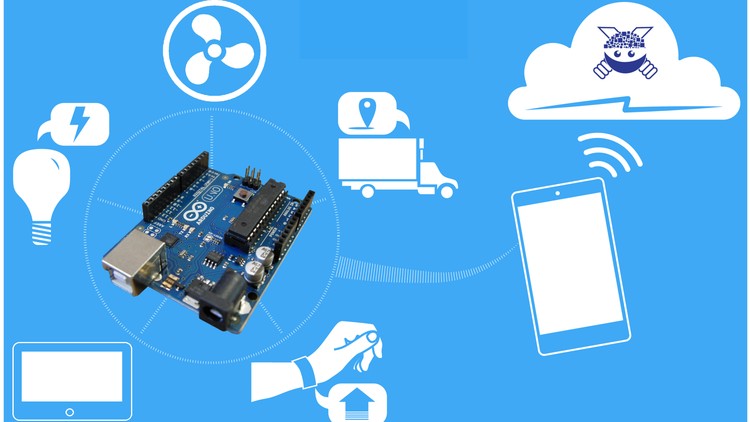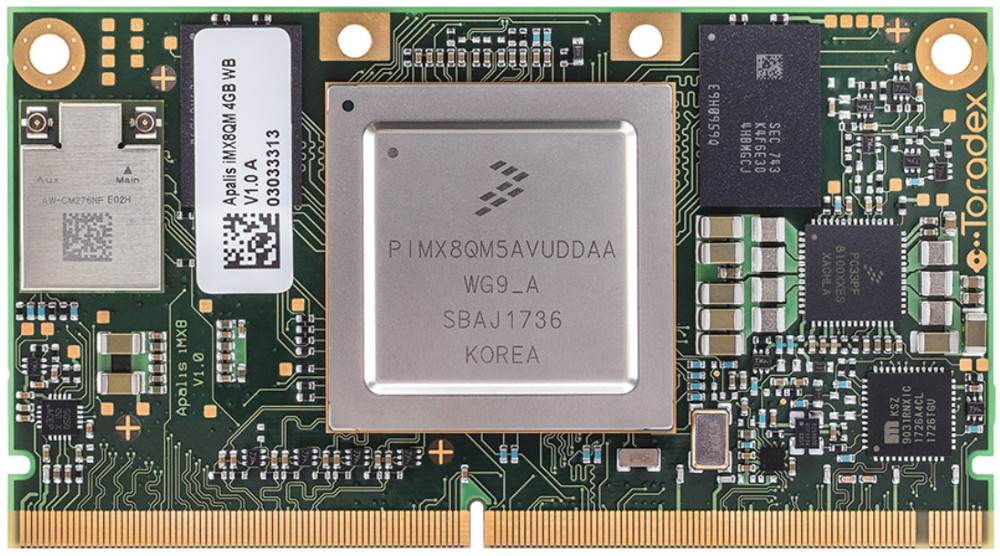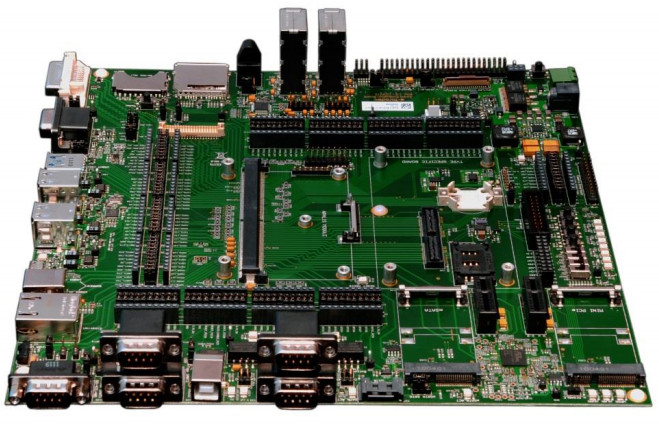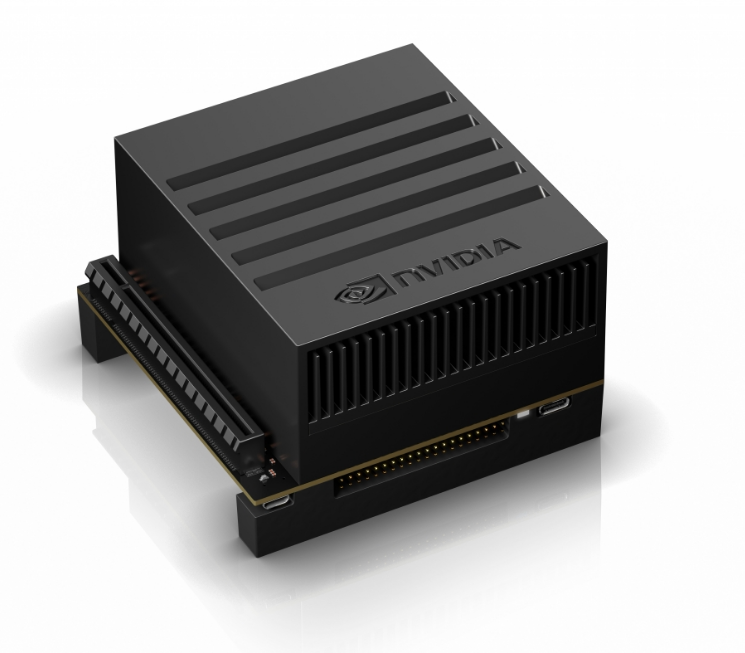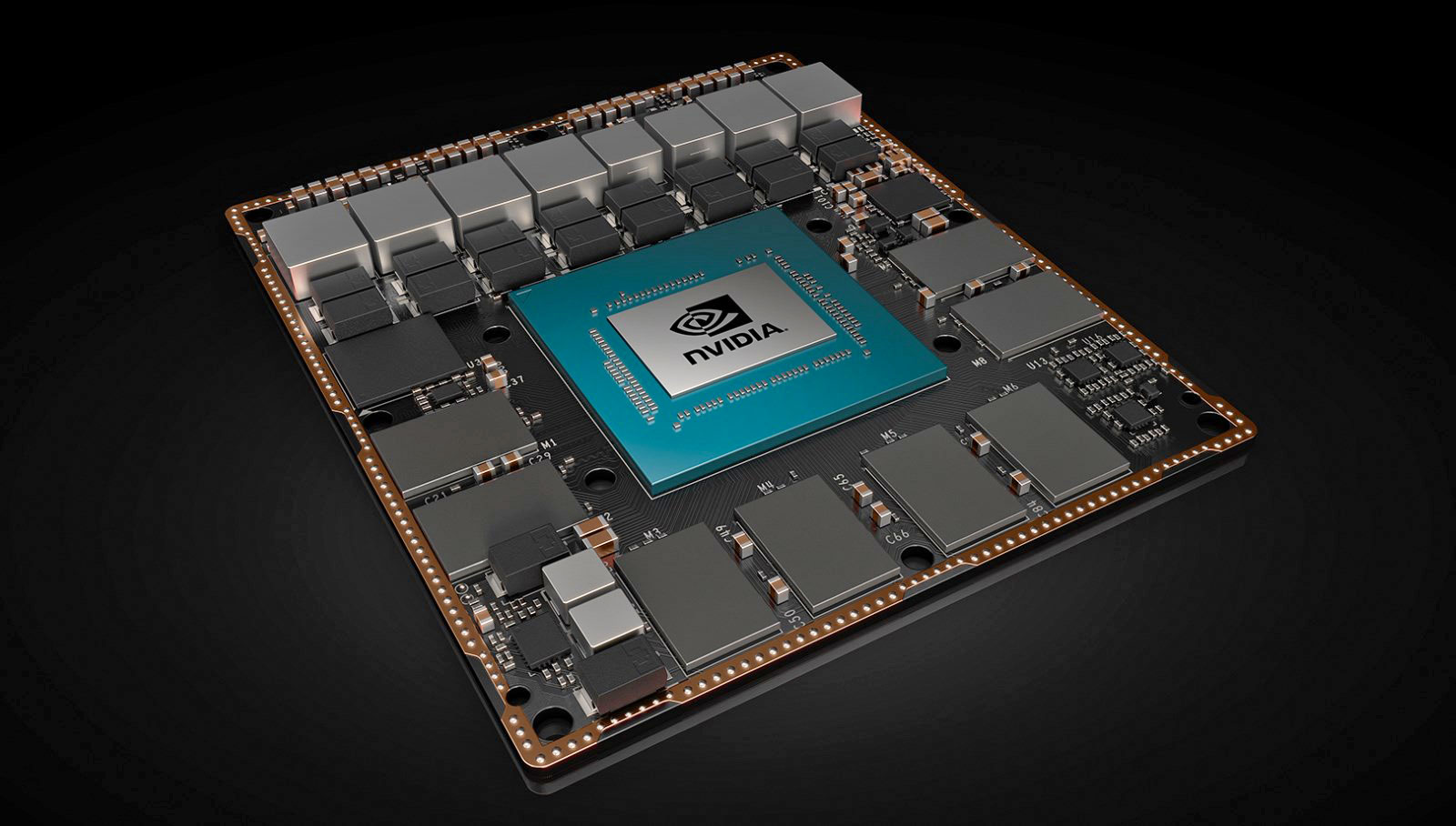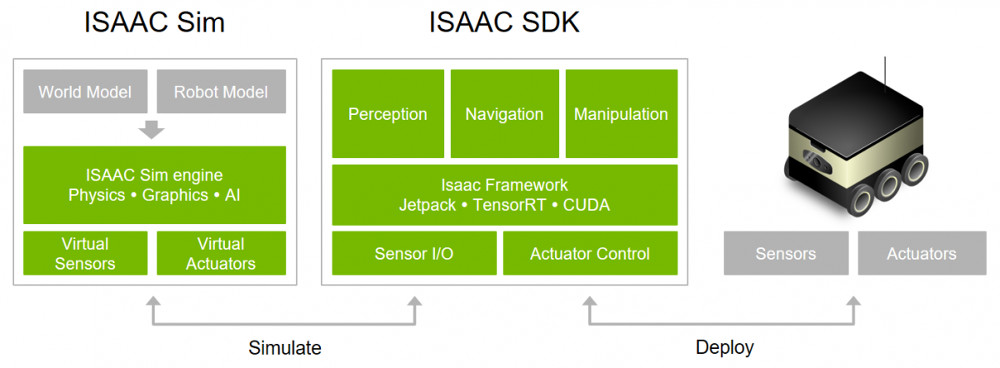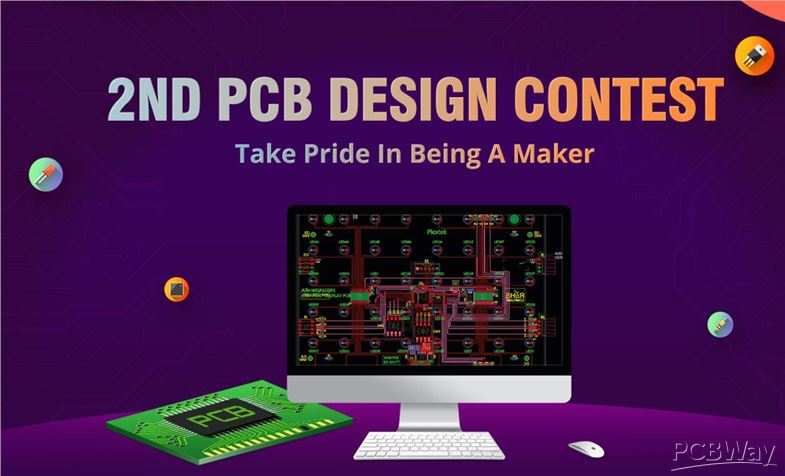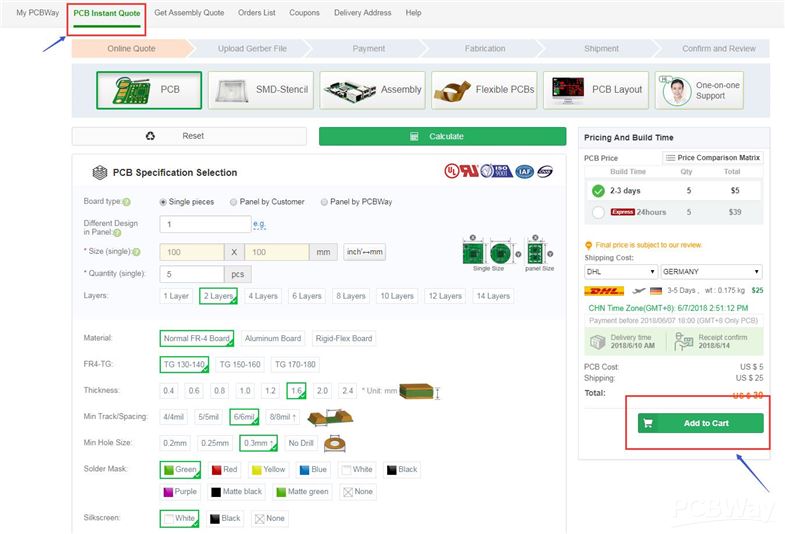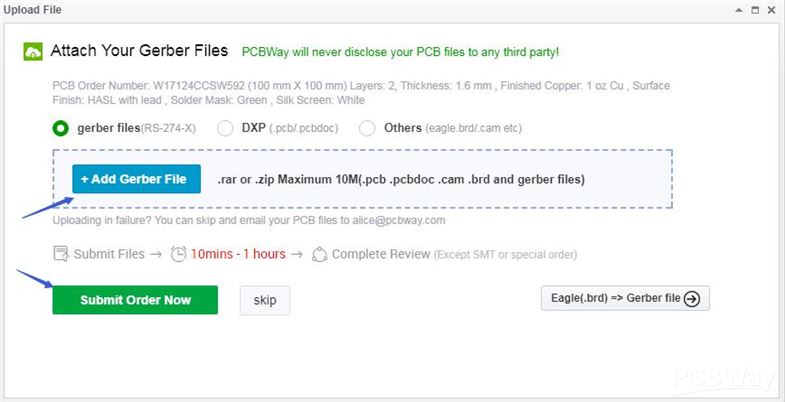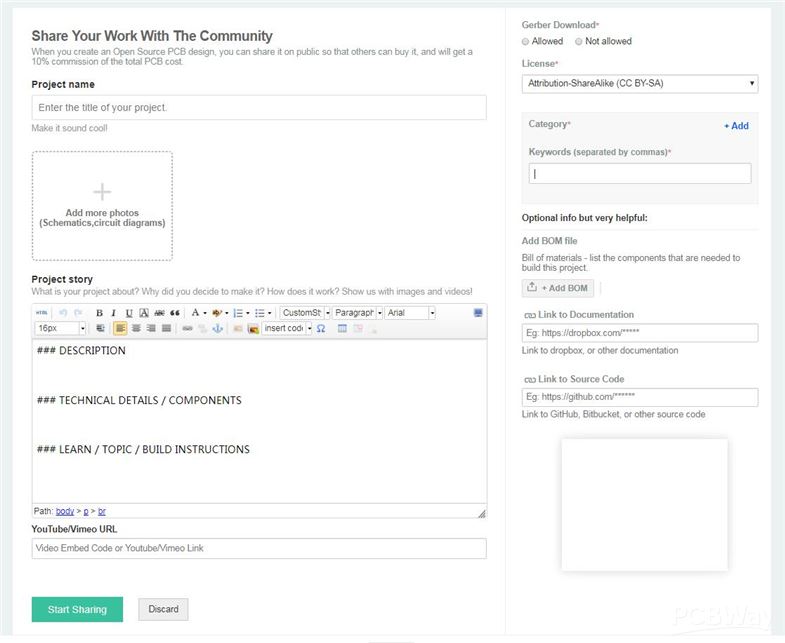PCBWay is a leader in the manufacture of PCB and a reliable PCBA services. PCBWay doesn’t only work with makers but they are giving back to the maker’s community. PCBWay has sponsored over 800 PCB based projects coming from students, teachers, electronics engineers and other people who showed interest in electronics. However, what is being offered now by PCBWay is a win-win coin, as both sides are profitable for the parties concerned.
The first half of the coin deals with students and teachers. Due to a change in the policy, any student or teacher can apply and be sure of sponsorship. The only qualification for application is that the project must have a PCB included. PCB is simply an acronym for Printed Circuit Board, and these are boards that make use of lines and pads to connect various points electronically. One can design a Printed Circuit Board using a CAD package like KiCAD, DripTrace, Eagle CAD and others. If you want to learn about making your first PCB with PCBWay, read our getting started series.
The progress of applying for support is no longer complicated. The application for sponsorship is pretty and can be completed after four super easy steps.
- Describe your team and project with appealing words and pictures as detailed as possible.
- Upload your PCB files to PCBWay online quote system for placing your order.
- Get a coupon after your articles pass the audit stage.
- Share PCBWay’s sponsor page to get more coupons.
This sponsorship has five different stages according to PCBWay:
- Engineering Projects Sponsorship: PCBWay.com is confident about the quality of their PCBs, and now they offer sponsorship for the projects from students and engineers. For university/college students and teachers, all you need to do is use your high school address as shipping address. Upload some few details about your project such as your university/college Name, the nature of your projects, and other necessary supporting materials to PCBWay for the sponsorship code. For engineers, all you need is to describe your projects as detailed as possible so that it can convince them that your projects are great enough and worth a sponsorship. They will check the details of your request and send you the coupon in 24 hours. You can use that coupon at checkout. Get started today.
- Sponsorship of Competition PCBs: Please always check for your future orders of competition PCBs, they can be entitled to a bigger discount or even free. This will be determined by the nature of the competition and its impact. You may be asked to provide a little more details about the competition to help PCBWay assess your case. This is considered on a case by case basis. Try to Post your project as you may save a lot. It’s possible that all your competition PCBs will be free.
- Shipping for sponsorship PCBs: Sponsorship is for PCB related service offered by PCBWay, but not include the delivery. So you need to pay for the shipping charge of the sponsorship PCBs.
- PCB Assembly Service: Though not free, PCBWay.com will offer a significant discount on the PCB Assembly Services for students and teachers. Please contact the customer service.
- Discount for Future Orders
PCBWay.com offers a 10-15% discount on future orders from teachers and students. This covers the PCBs for classroom projects, team or club projects and all kinds of students’ competitions.
Flipping over the coin, the other half is open to everyone, this means students, teachers, engineers, experts, and even amateurs can participate. $50,000 has been budgeted for the crowdfunding project support in 2018 and every month five $100 cash coupons will be given out via Twitter. The project has to be based on PCBs. All projects and ideas should be sent to sponsor@pcbway.com for evaluation.
PCBWay is hoping to build a better maker’s community and fostering the next-gen technology by recognizing the talent and effort of the best electronic designers around the world. For more information about PCBWay Project sponsorship, visit the sponsorship page.




